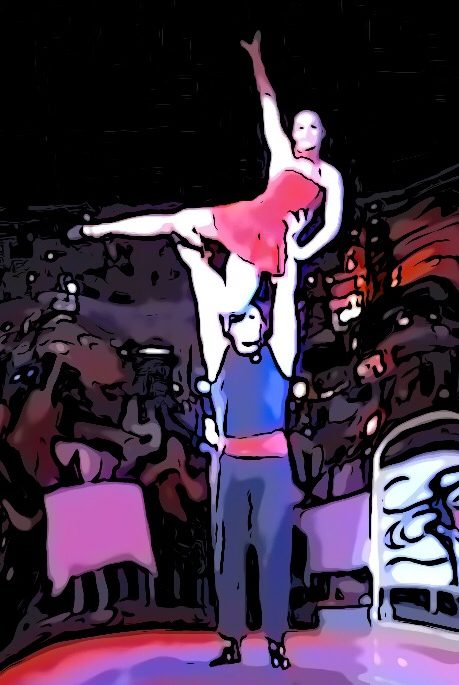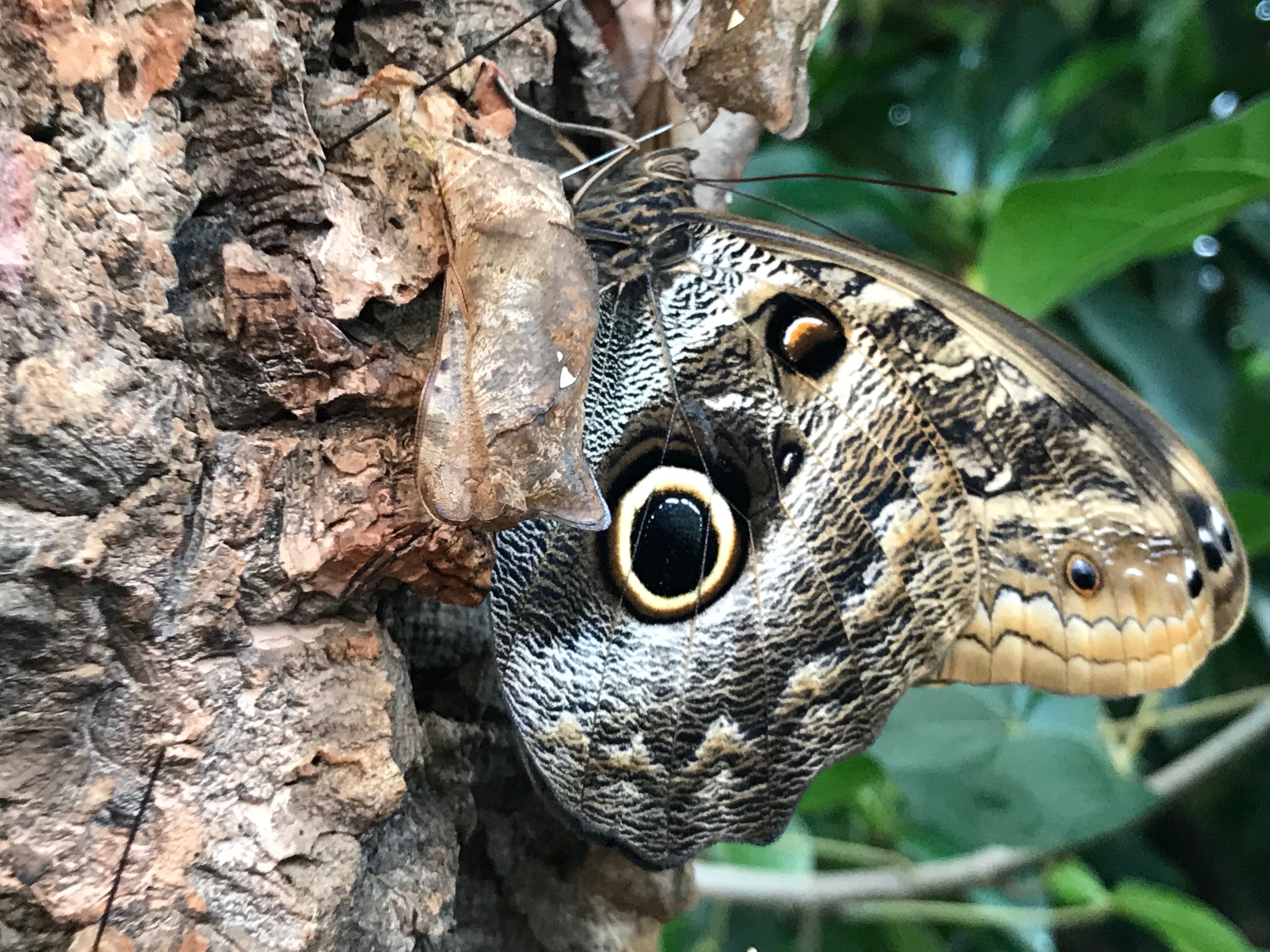Snake or butterfly? The appearance is deceptive!
Science has not yet succeeded in accommodating the stability and functionality of the hands in such a compact design. We are used of being able to achieve almost anything with them. And yet they are sensitive like the wings of a butterfly. Anyone who has had a tennis or golf arm knows what I am talking about. The most important form of balancing for the base is the one with the hands. These have to balance in strangely twisted positions and compensate significant shearing forces. And without his hands the possibilities of the base are very limited! At least now everyone should be clear about which role (base or flyer) is the right one for him.
Experienced Bases pay attention to their hands and arms also during the warm-up phase as well as while cooling down. Doing Balancing requires maximum force at the stretch limit!
Balance on the hands:
Initially, this position of the base is achieved by handing over the flyer from the feet to the hands. A slow fetching with the hands simplifies taking over the weight from the feet. Thus the weight gain in the hands remains linear. An impulse leads very easily to unwanted shear forces.
Experienced bases can also take the flyer directly from the ground into the hands … provided that the flyer knows the principle of high relieving.
Risk of injury:
A base lying on his back can not go under the flyer. If this one tips over, he inevitably lands on the ground. Short reaction times for the flyer cause him not landing on his feet, or get kinking himself an ankle. As long as he does not crash on the head, a justifiable risk. Nevertheless, nobody should be too shy to ask for safety.
Deutsch

